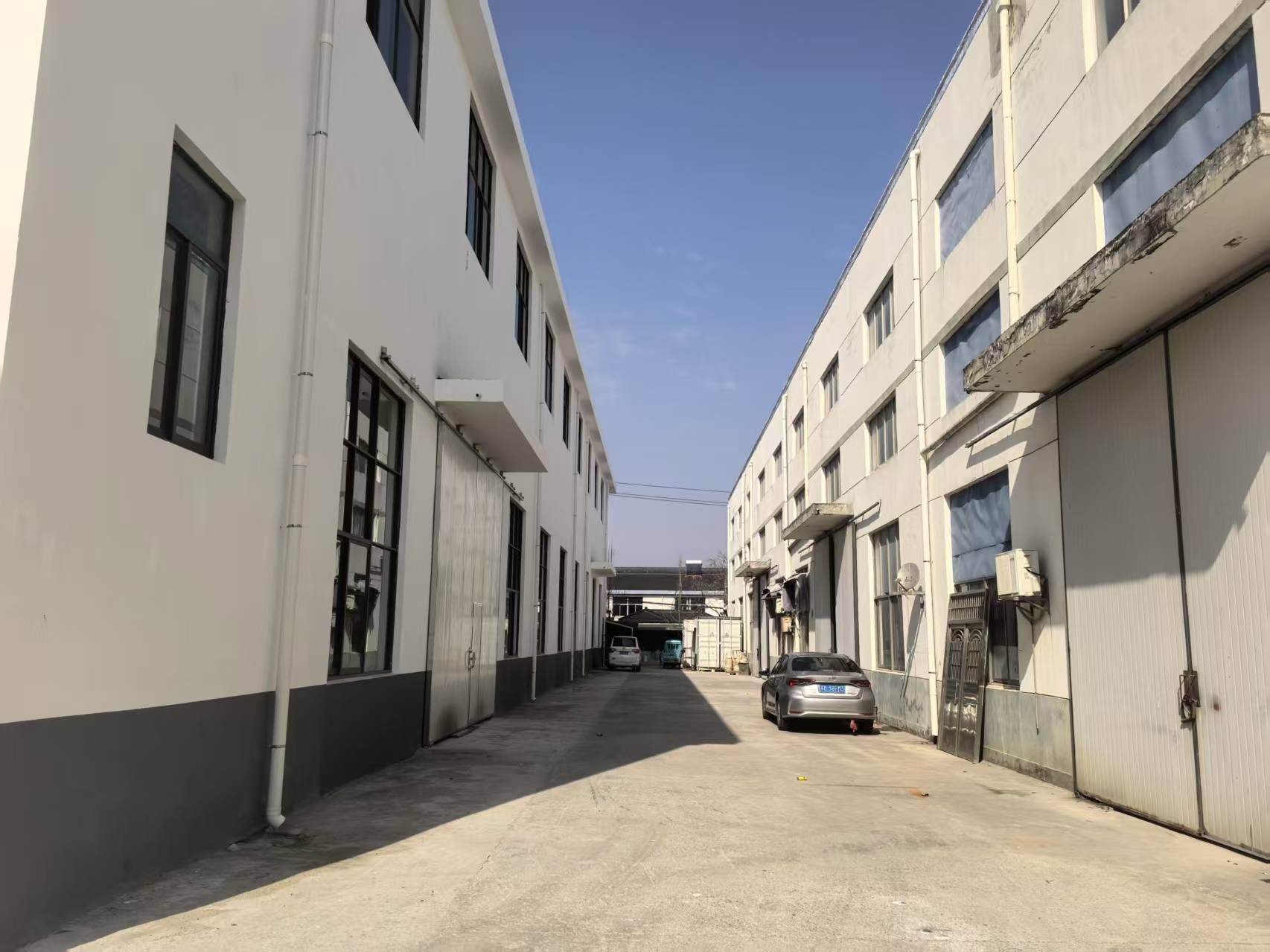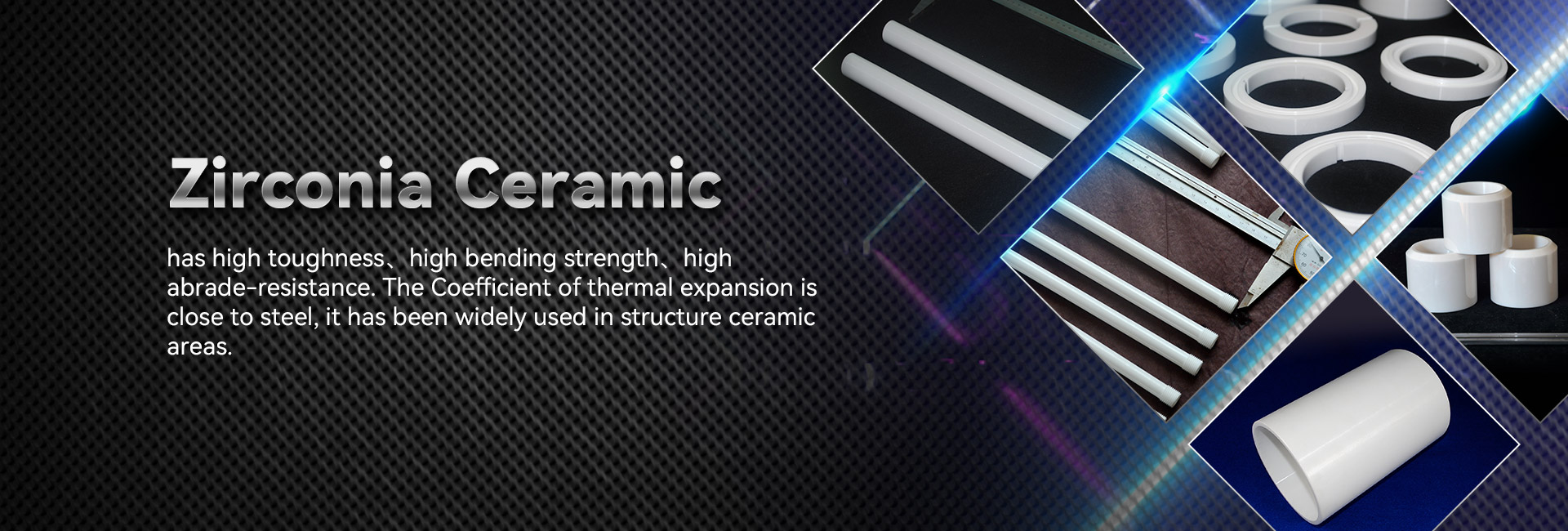
Mechanical ceramic showcase superior mechanical characteristics, making them optimal for a comprehensive series of uses. Arising from outer space and vehicles to electronic equipment, these ceramics are rapidly developing to address the expectancies of a modern market.
- Their toughness and antagonism to unforgiving settings make them crucial for superior units.
- Moreover, technical ceramics offer pros in terms of durability, promoting the advancement of cutting-edge techniques.
Manufacturing Matter: Assembled for Remarkable Operation
Produced ceramics prevail in taxing assignments due to their outstanding qualities. Designed from handpicked raw materials and exposed to comprehensive processing systems, these advanced materials manifest innovative strength, corrosion resistance, and endurance to tough climatic conditions, corrosion, and erosion. From flight parts to shaping tools, industrial ceramics furnish excellent quality across many specialties. Their versatility allows withstanding inimical conditions, guaranteeing durability and stability. As improvement progresses, the appetite for cutting-edge substances grows, cementing the essential role of industrial ceramics in shaping a robust period.
Next-Generation Ceramics: Surpassing Element Confines
Elements, manifesting extraordinary sturdiness and durability, are at the start of a upheaval. Pioneering ceramics, manufactured with exact control over their configuration and minute arrangement, breaking the frontiers of all that is attainable. These composites present a comprehensive assortment of facets, rendering them ideal for exacting domains such as astronautics, healthcare, and power. From lightweight parts that can endure extreme warmth to biocompatible implants that integrate seamlessly with the human body, advanced ceramics are revolutionizing our reality.
Precise Ceramic Fabrication: Meeting Critical Requirements
Engineered ceramic fabrication has developed substantially in recent years, granting the design of complicated and highly efficient ceramic units. These parts are vital across a inclusive range of domains, including outer space, healthcare, and tech domains. Meeting the strict specifications for these operations calls for exact fabrication processes that provide for dimensional strictness, surface quality, and material traits. Innovative ceramic fabrication processes use various methods, including slip casting, injection molding, and additive manufacturing. These procedures empower the production of intricate geometries and exact facets with unparalleled accuracy. Equally important, advances in material research have given rise to new ceramic structures endowed with strengthened peculiarities. These composites innovate increased resilience, lastingness, and tolerance to intense climatic conditions, empowering their use in specialized sectors.
The future for strict ceramic fabrication are substantial. As experiments and forward movement advance, we can expect even more advanced tactics and composites that will again push the margins of what is realizable in this domain.
Robust Ceramic Forms for Severe Locales
Ceramic forms exhibit extraordinary sturdiness and antagonism against tough settings, making them fitting for unrelenting ploys in military territories. These cutting-edge ceramics can overcome extreme climatic loads, repel wear, and maintain their operation under rigorous physical pressings. Their unmatched nanostructural essentials facilitate robust performance in tough locales, including hot environments, propulsion systems, and atomic reactors.
- Hybrid ceramic mixtures
- Heat resilience
- Low-weight construction
Specialized Ceramics: Synthesizing Rigidity and Utility
Ceramic composites convey a effective mix of mechanical sturdiness and distinct functional capabilities. Through the blending of ceramic particulates within a binder, these structures achieve excellent capabilities. This alloy results in heightened defense against high temperature stress, wearing, and chemical degradation, rendering them appropriate for precise functions in aviation, driving, and resources markets. Furthermore, ceramic composites are modified to possess unique properties like electrical conductivity or biocompatibility, enhancing their reach across diverse realms.
Structural Oversight in State-of-the-Art Ceramics
Gaining aimed-for qualities in innovative ceramics repeatedly demands scrupulous supervision over their microstructure. Several production specifications, including sintering thermal setting, length, and atmosphere, alongside the embedding of dopants or extra phases, significantly affect the structure of microstructures, pore presence, and other microstructural qualities. Thorough fine-tuning of these settings allows for the improvement of fracture resistance, crack resistance, and heat conductivity. By way of illustration, increasing the sintering heat level can advance grain spread, thus increasing compression and improving mechanical load-bearing capacity. Conversely, modulating the firing atmosphere may change the oxidation state of the ceramic, thereby influencing its electrical electric flow or magnetic features. Perceiving these relationships between microstructure and properties is paramount for creating advanced ceramics with optimized ability suitable for varied operations.
Hardness-Boosting Ceramics: Strengthening Durability
Amid hard-wearing factory markets, where parts are forced to constant scraping and damage, goods with outstanding sturdiness are importantly indispensable. Wear-resistant ceramics have arisen as a prime answer, supplying unparalleled fortitude and capability in numerous markets such as operation, mining, and aerospace. These modern substances possess a singular texture that boosts their ability to endure crumbling. By using the basic resilience and mass of ceramic blends, engineers can construct hardy segments capable of withstanding the most rigorous operating climatic states.
Biocompatible Ceramics: Uses in Medicine
Medical-grade ceramics have recast the hospital domain, yielding an array of advantageous aspects for extensive assignments. These compounds are non-reactive within the anatomy, minimizing immune responses and facilitating recovery. A prime function for biocompatible ceramics is in orthopedic implants, where their durability sustains long-lasting reinforcement to damaged cells.
Besides, they are leveraged in dental prosthetics, furnishing a resilient and natural-looking solution for molar substitutes. Ceramics also occupy a key role in controlled release technologies, empowering the accurate application of pharmaceuticals to specific places within the organism.
- In addition, biocompatible ceramics are continuously being researched for cell growth, serving as a scaffold for cell growth.
- Accordingly, the possibility of biocompatible ceramics in healthcare looks encouraging, with continual investigations expanding their functions.
Ceramic Measuring Instruments: Supporting Consistent Calculations
Innovative ceramic sensors have emerged as key components across a wide array of industries. These sensors exploit the individual aspects of alumina bar ceramic structures to deliver highly exact assessments. Their strength in {demanding|harsh| 